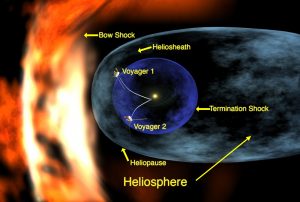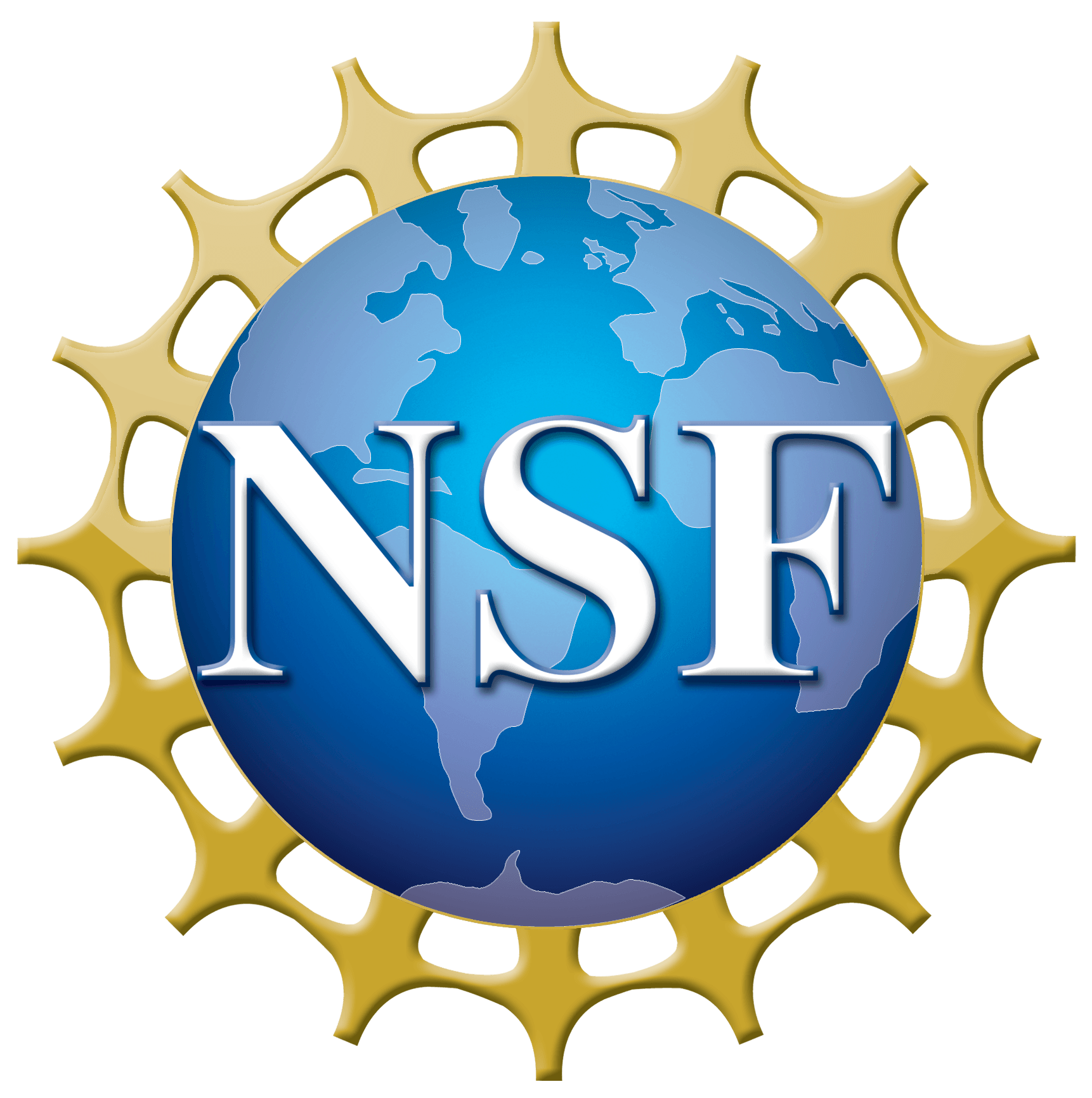I believe that the 23W transmitter power that you quote is before amplification by the spacecraft’s antenna. The Naked…
Select :
asteroid collisionasteroidsastronomical distance scalesatomsbig bangblack holesbright lights in the skybrown dwarfcareerscelestial eventschecker cabscometsconstellationscosmic distancescosmic microwave backgroundcosmic rayscosmologydark energydark matterdwarf planeteartheclipseeclipticeducationexoplanetsexpansion of the universegalaxiesgeneral relativitygravitational lensgravity wavesGreat Red SpotHoaxesHubble Space Telescope (HST)Interferometerinterferometryinterstellar moleculesionosphereJupitermagnetarsmarsmeteorsMH370milky wayMilky Way Galaxymoleculesmoonmoonsneutron starneutron starsNibirunight skyparallaxphysicsplanetsplutoproperties of lightPtolemypulsarsquasarsradar astronomyRadio Astronomyradio frequency interferenceradio interferometersradio recombination line emissionRadio TelescopeSatellite DishSchwarzschild Radiusscientific methodsearch for extraterrestrial intelligenceSETIsolar systemspace probesspacecraftstar formationstarssunsupernovasupernova remnantssupernovaetelescopestime dilationTrans Neptunian Objectstwin paradoxunexplained celestial observationsVenusVery Large ArrayVery Long Baseline Array (VLBA)Voyager 1weather

Advanced Deep Space Communications Methods
Question: I am seeking recommendations for learning about advanced deep space communication methods. I visited several libraries and found…
How Far Can a Space Probe Go Before We Lose Contact With It?
Question: Hi, my name is Connor. I’m six years old. I’m doing this for my science fair project. I’m…
Will We Ever Catch-Up to Voyager One?
Question: If at some point in the extreme future we overtake Voyager One will we return it to earth,…
Where is Voyager 1 Headed and When Will It Get There?
Question: The Voyager 1 spacecraft has left our solar system and is now in interstellar space but where exactly…
How Much Longer Will We Be Able to Detect Voyager 1?
Question: The space probe “Voyager 1” has now left our solar system and is venturing into interstellar space. This…





